Friendly people, amazing cuisine, and endless oceans and jungle. Unfortunately, these words cannot completely describe Vietnam. I believe an ancient Vietnam permanently exists despite the terrible wars and major changes. And these oldest villages and towns below are the live witnesses telling you the story about the withstanding culture of the great country of Vietnam.
Contents
Duong Lam Ancient Village – Hanoi City
Duong Lam ancient village is just 50 kilometers from the center of Hanoi. You will be amazed at the old and tranquil atmosphere of a live monument still working to preserve the colors of time. As soon as you step through the gate of the village, you will forget the busy pace of a modern life.
Duong Lam ancient village still retains basic features of a Northern traditional Vietnamese village. Everything from the village hall, banyan trees, water wharves, to communal grounds, wells, fields, and pagodas will welcome you with open arms. The gate entrance of the village is located in Mong Phu village, next to a 300-year-old tree. Needless to say, it creates a rare intact landscape that has been around longer than you have.
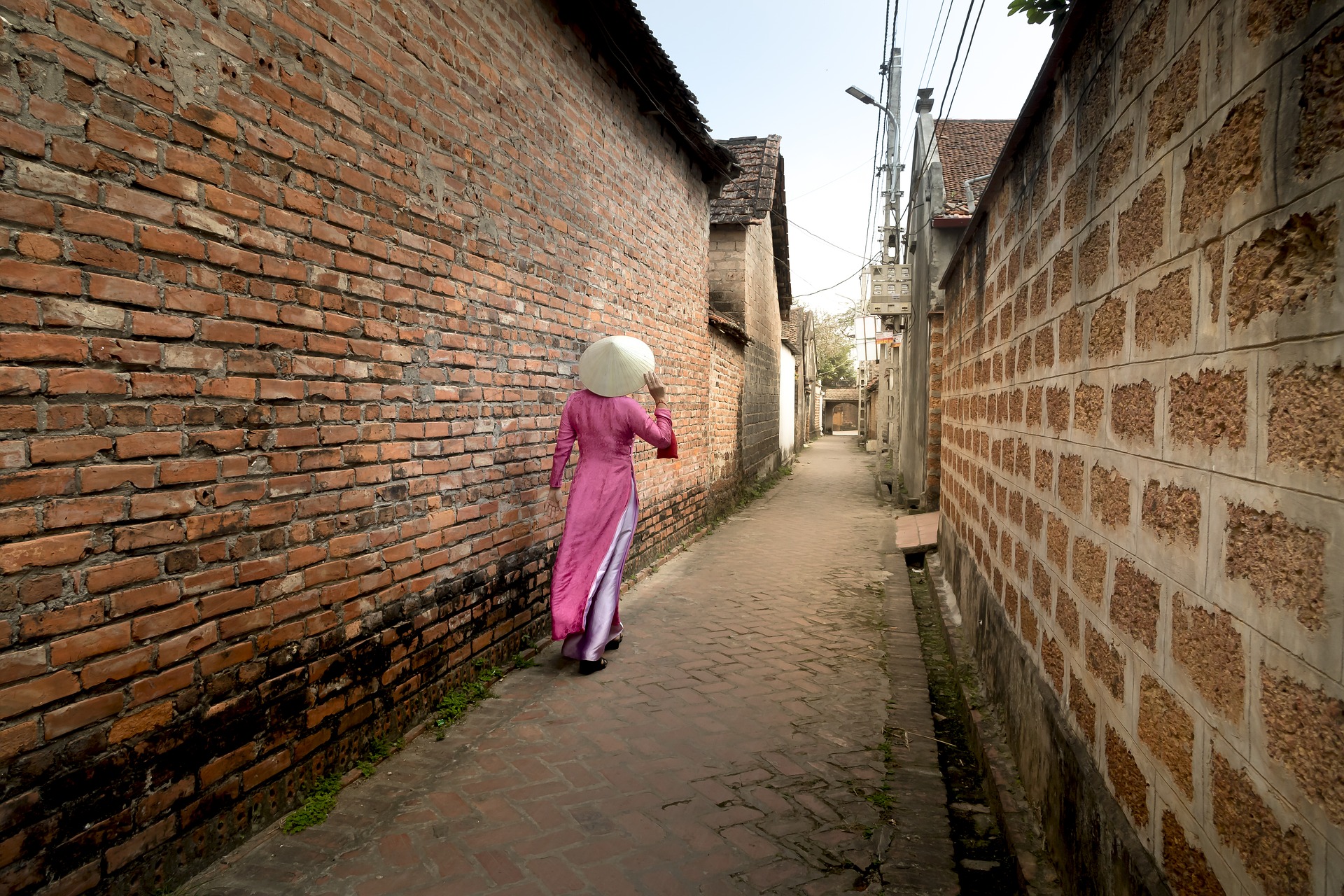
Duong Lam ancient village has a total of 956 ancient houses, some built all the way back in 1649, 1703, or 1850. These homes were built with traditional materials such as laterite, bamboo, clay, husk, and sawdust. In addition, this is the one and only place to have raised two kings in Vietnam history: King Phung Hung and King Ngo Quyen. It is also associated with historical and cultural relics, making visitors eager to visit.
The most ancient architecture of Duong Lam village is Mong Phu village hall. The village hall converges with traditional arches and ancient stone. There is a sentence carved on the surface of the village hall. It is understood as an encouragement from our ancestors: “There are always talented people available.”
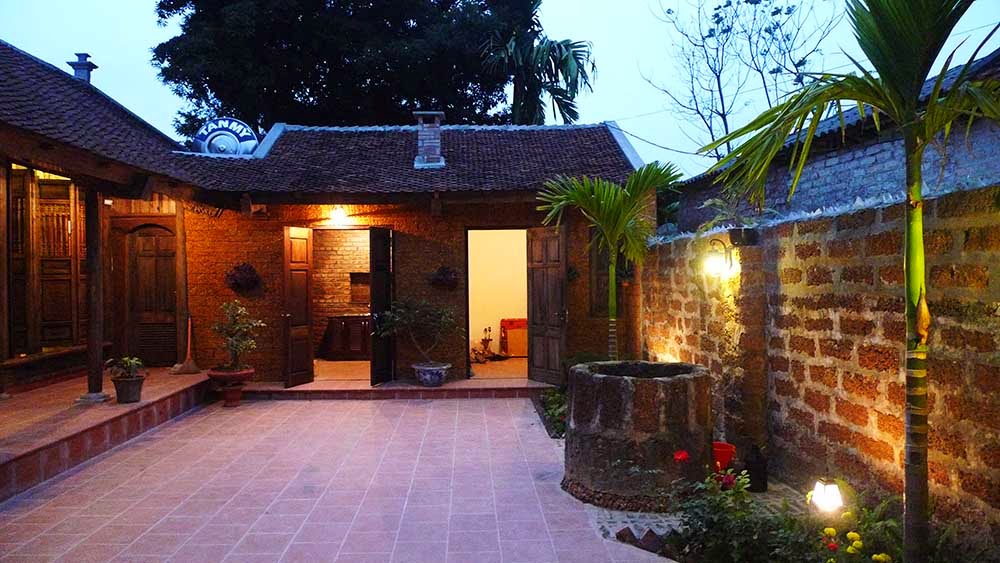
You might feel tired after your long trip from Hanoi but don’t worry, because Duong Lam rice cake (banh te) will recharge you immediately! Unlike other typical rice cakes which are wrapped in banana leaves, Duong Lam rice cake is wrapped with phrynium leaves. Although it’s simply stuffed with minced pork and wood ear, it tastes incredibly delicious! This is my favorite food here because it’s not only tasty but it’s priced reasonably.
When you visit the old houses, you are very likely to observe the family cooking Che Lam cake – a yummy snack of Northern Vietnam. Sitting in an old house, sipping a cup of fresh tea while enjoying a slice of sweet cake can’t be more relaxing. And don’t forget to savor Duong Lam chicken. In the past, this food was a precious commodity that represented the wealth that only royals and the king could afford to eat! Duong Lam chicken has small feet and yellow skin. When it’s cooked, it has white meat, yellow fat, and crispy skin. I won’t say anymore, all you need to do is have a bite and let your taste buds do the talking.
Duong Lam fermented soy sauce is also a specialty that you should not miss. The ingredients must be carefully selected and cooked precisely. Duong Lam families often work the same field generation to generation because there is a hereditary succession system in place. This makes for amazing fermented soy sauce, the recipe has been perfected and passed down through many generations of families. This also means that people are born into their jobs to serve their own family needs first, and then travelers. I believe this is the best dipping sauce in the world for boiled morning glory. Don’t believe me? Come and give it a shot!
Pro tips:
– When you enter the village, remember to buy the ticket (20,000 VND – about 1 USD). This is the fee to preserve the village.
– The best way to travel around Duong Lam village is by bike or on foot, as you can walk into every corner of the village without disturbing the tranquility of the old houses.
– Tipping is not mandatory but if you have an excellent guide, respond accordingly. The average tip is about 50,000 VND – 100,000 VND (2.5 USD – 5 USD) and it depends on the length of the guide’s presentation.
– If you want to use services such as lunch and homestays, you should contact the provider in advance so there is enough time to prepare the meal.
– When visiting the ancient houses, please remember to greet the families politely. If you want to buy something as a gift for people back home, try to buy from these families instead of in the market.
Click here for the location on Google Maps
Besides Duong Lam ancient village, there are lots of places that you need to explore in Hanoi, so don’t miss these articles below!
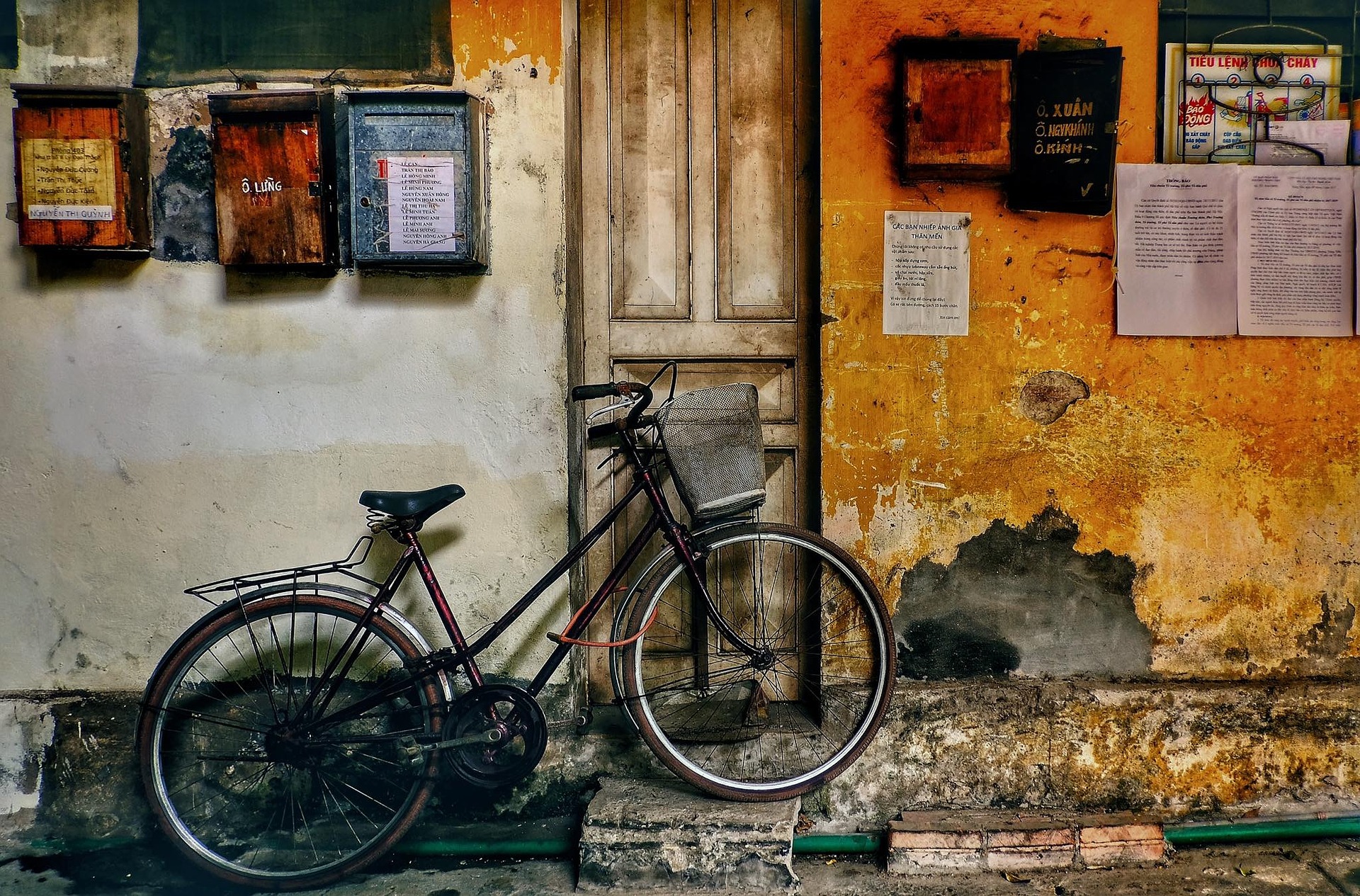
Must-Visit Traditional Handicraft Villages around Hanoi
Phuoc Tich Ancient Village – Thua Thien Hue province
Situated on the provincial border between Quang Tri and Thua Thien-Hue, Phuoc Tich village is nestled in the gentle O Lau river. If the ancient Vietnamese village in Duong Lam gives you the Northern feels, Phuoc Tich village is an intact example of Hue culture with original elements from the 15th century.
What makes Phuoc Tich a special attraction is the gentle and peaceful beauty of the old houses that are over a hundred years old. At the entrance of the village, you can see a 500-year-old ancient tree and worship shrine. Wander around the village and you’ll be surrounded by old houses and spacious gardens with lush green trees, fragrant blooms, pine trees, apricots, and jackfruit trees still shading the village all year round.
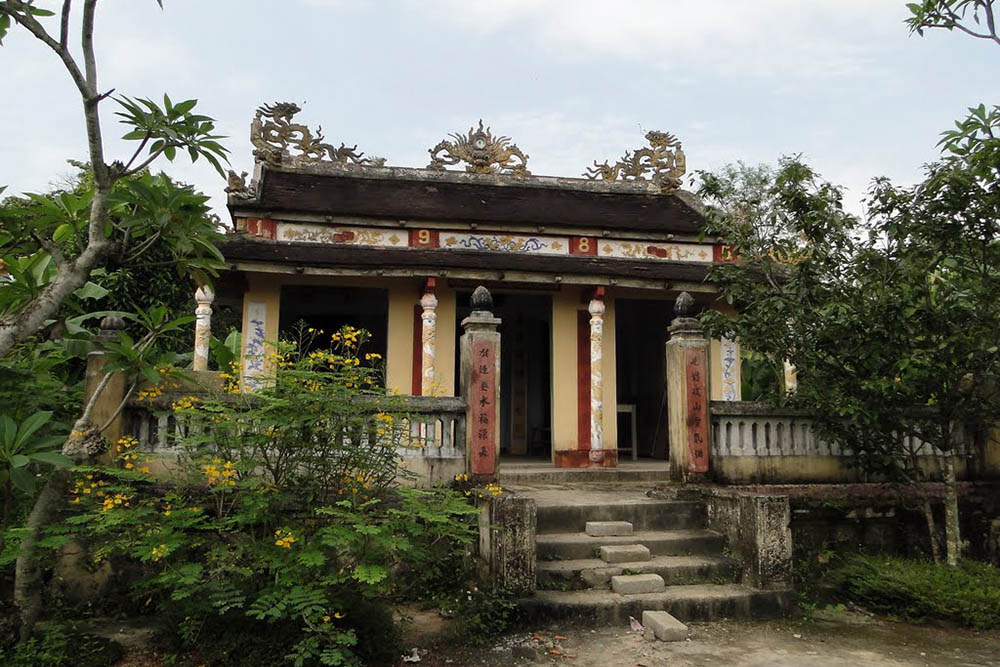
Phuoc Tich ancient village still has more than 30 traditional houses. Inside the ancient houses are fine wood architecture, horizontal lattices, tables, chairs, couches, mirrors, and altars that were carved carefully. Phuoc Tich ancient village used to be a traditional pottery village. It produced rice bowls for the king. These days, unfortunately, Phuoc Tich pottery products are not as abundant as before but it’s gradually recovering.
Although growing crops is not the main job in this village, the women here instead have a special gift for making traditional Hue cakes. It’s not rare to come across gardens full of banana trees because these leaves are used to wrap the special cakes. Therefore, instead of the formal name Phuoc Tich, the local people here call this village “Cake” village. Come to Phuoc Tich village, eat a piece of cake and watch the gentle O Lau river whisper through the preserved landscape.
Click here for the location on Google Maps
Because you’re traveling to Hue, don’t miss these activities:

Discovering Hue – Imperial City
Hue Festival – Celebrate Culture & History in the Ancient Capital of Vietnam
Tuy Loan Ancient Village – Danang City
Just about ten kilometers from the center of Danang city, Tuy Loan is one of the five oldest villages in Vietnam. With a history of over 500 years, this ancient village is not only a trademark of Vietnamese history but it’s also a symbol of a peaceful Vietnam.
Visit Tuy Loan village and you can witness the immortal beauty hidden under the shadow of ancient trees. Every year, on the ninth of January in Lunar New Year, there are lots of cultural activities such as boat racing, singing, grilling rice paper that attract a big number of boys, girls, villagers, and also travelers. On the 11th and 12th of August, the whole village gathers to solemnly honor their ancestors and pray for their families.
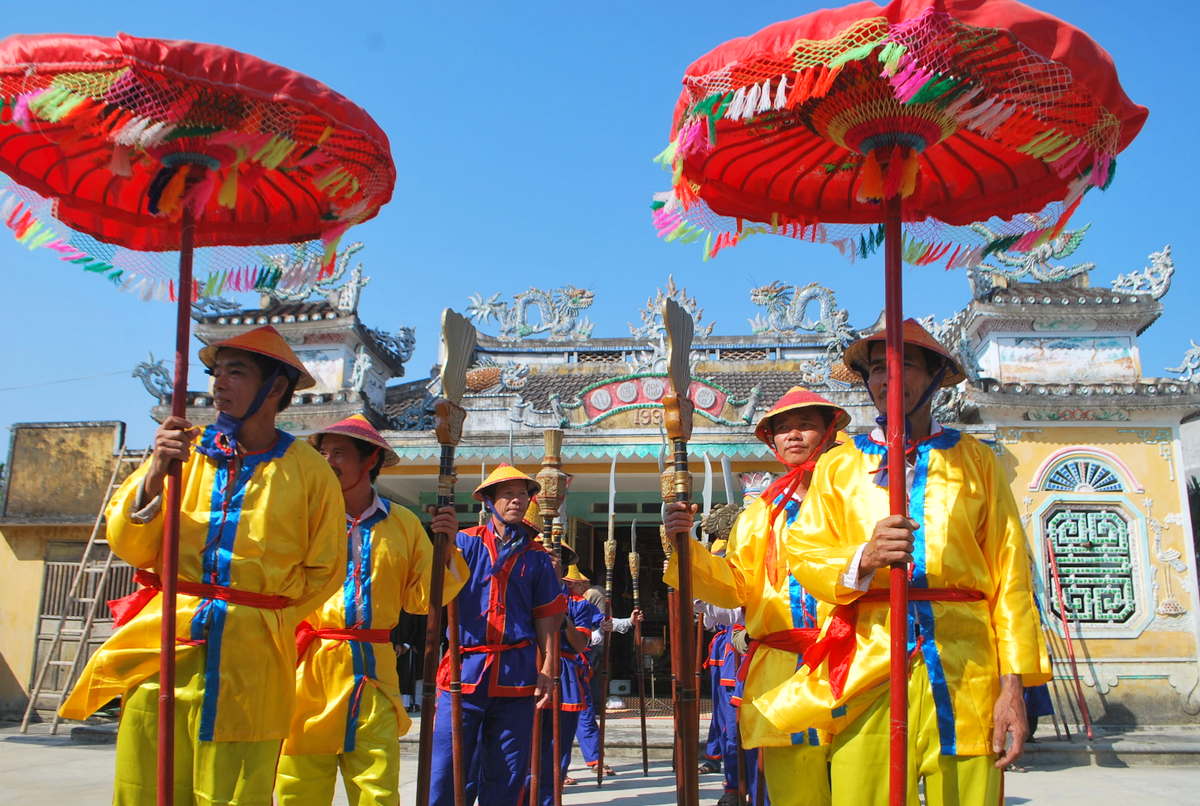
In addition to the ancient village hall, there are places in Tuy Hoa village that you shouldn’t miss, such as the market. The products in Tuy Loan market are super fresh and cheap. Moreover, the market sells rice paper and Quang noodles – two specialties of Tuy Loan village.
The rapid development of the society has made some ancient villages in Vietnam disappear. Fortunately, Tuy Loan ancient village still retains its traditional architecture and customs. Therefore, it has become a must-see destination for travelers not only in Vietnam but also the whole world.
Click here for the location on Google Maps
Wait! There are many spots in Danang that you need to explore!

Hoi An Ancient Town – Quang Nam province
I believe many of you have heard about Hoi An, and some of you have even been there before. But do you really know about this town? Most of the ancient houses here were built in the 17th century to the 19th century. Hoi An has also retained over 1,000 architectural monuments like temples, village halls to houses and wells.
Many of you may know that Hoi An is a paradise for food lovers. You can easily see people savoring mouth-watering dishes such as Quang noodles, banh mi (the best banh mi in this country!), chicken rice, and sesame gruel. The foods here are abundant and ready for you to explore. I recommend spending three days here to gobble up all the foods. But if you have only one day, this article will help you eat the most of it.
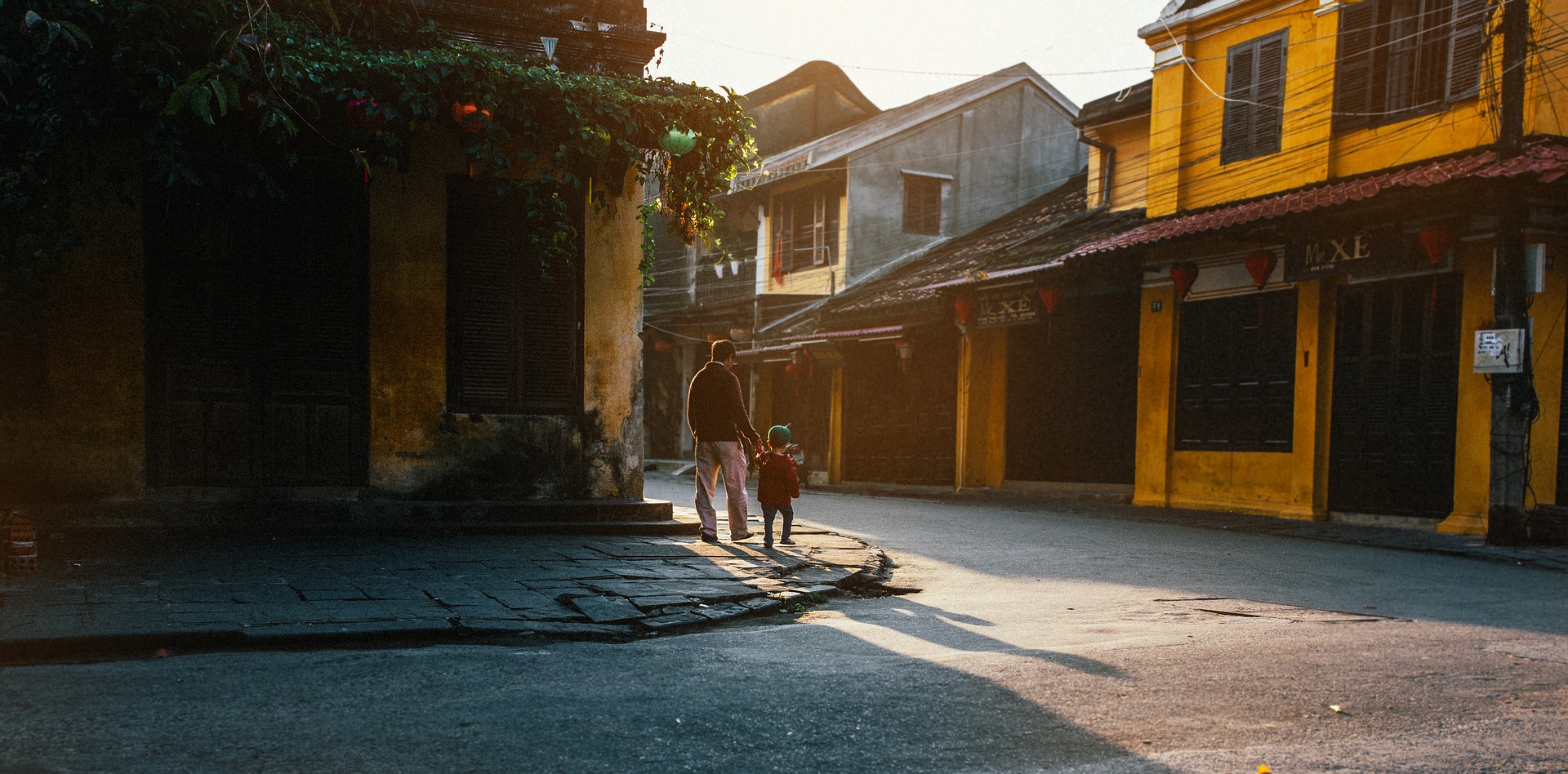
The lantern is also considered a distinctive specialty of Hoi An. Travelers can easily see colorful lanterns anytime, anywhere around the street. Walk along the Hoai river, sit in the middle of a small boat to gently drop the lantern in the water, then gaze at the shimmering lanterns and pray for peace. It’s an experience that you shouldn’t miss. You can even bring handmade versions home with you.
Besides eating, don’t forget that you still have many things to explore in this magnificent town!
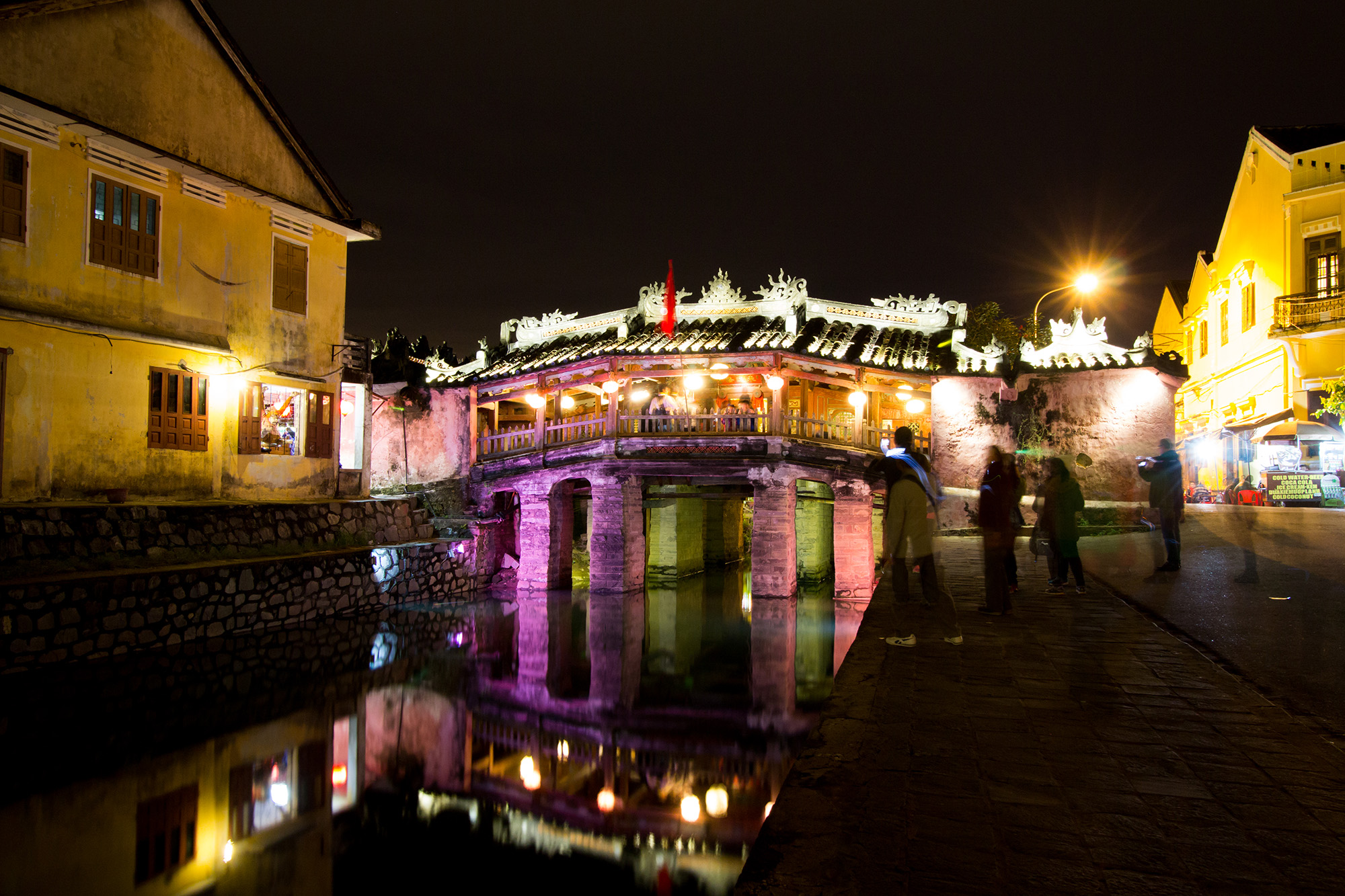
Ultimate Shopping Guide to Hoi An
After reading this article, I hope you’ll have a closer look at this authentic and ancient Vietnam! If there’s anything you want to ask about these villages, please comment below. See you in my next article!
If you enjoyed reading this article and would like some more fun info about what to see, do and eat (and a bunch of interesting cafes!) in Vietnam, follow us at the 4U Trip!
